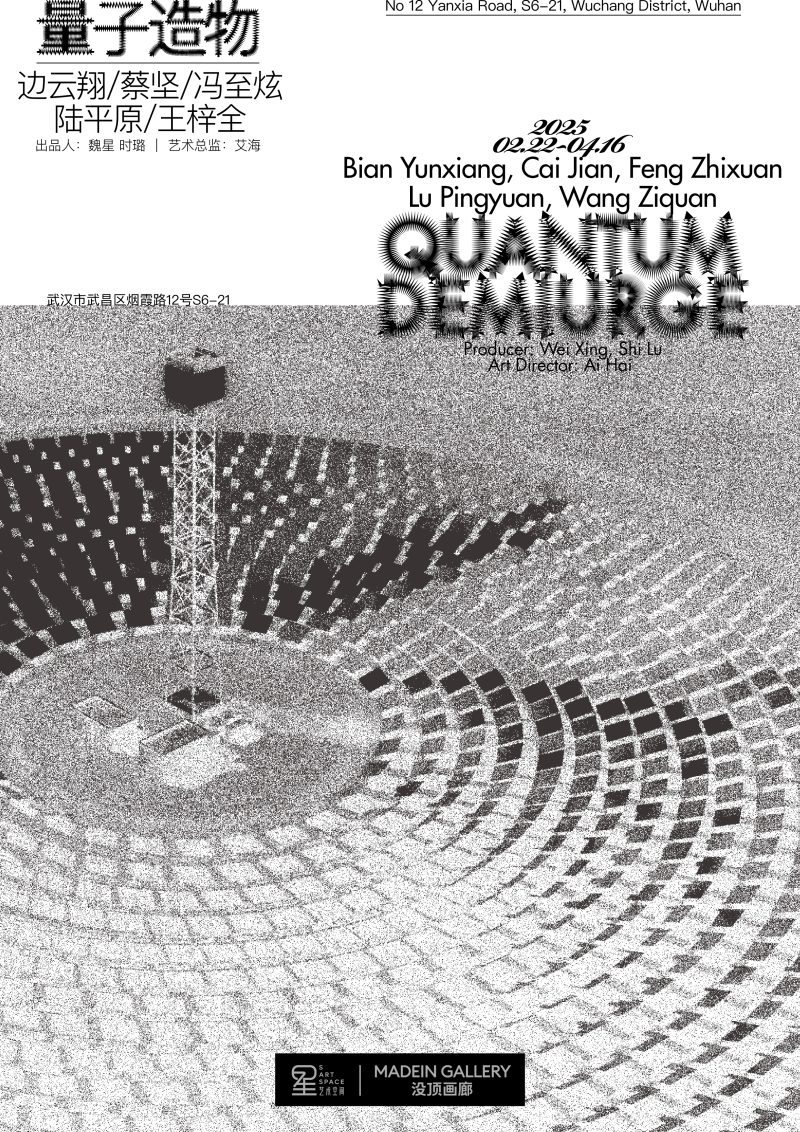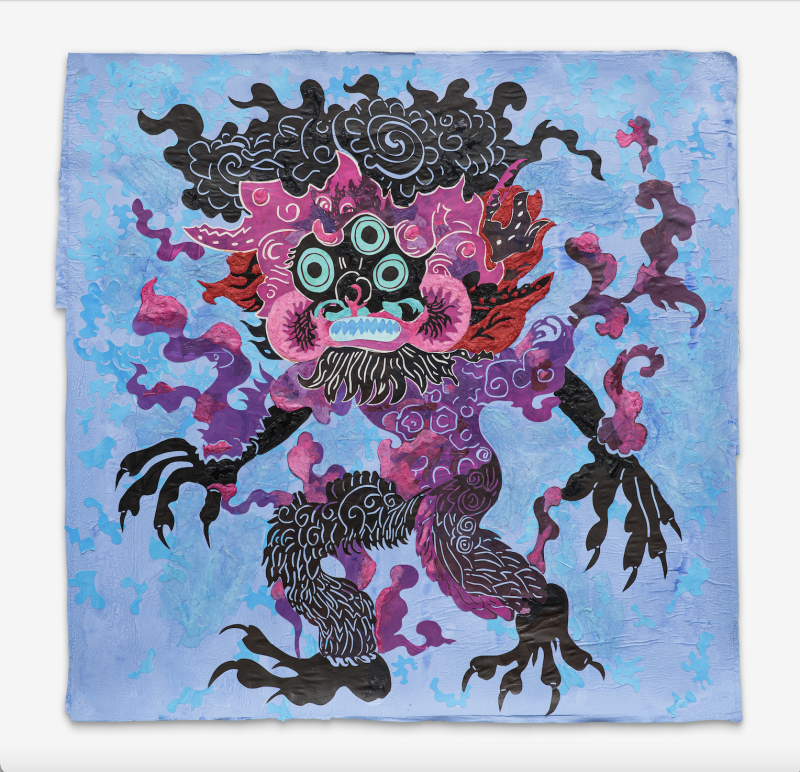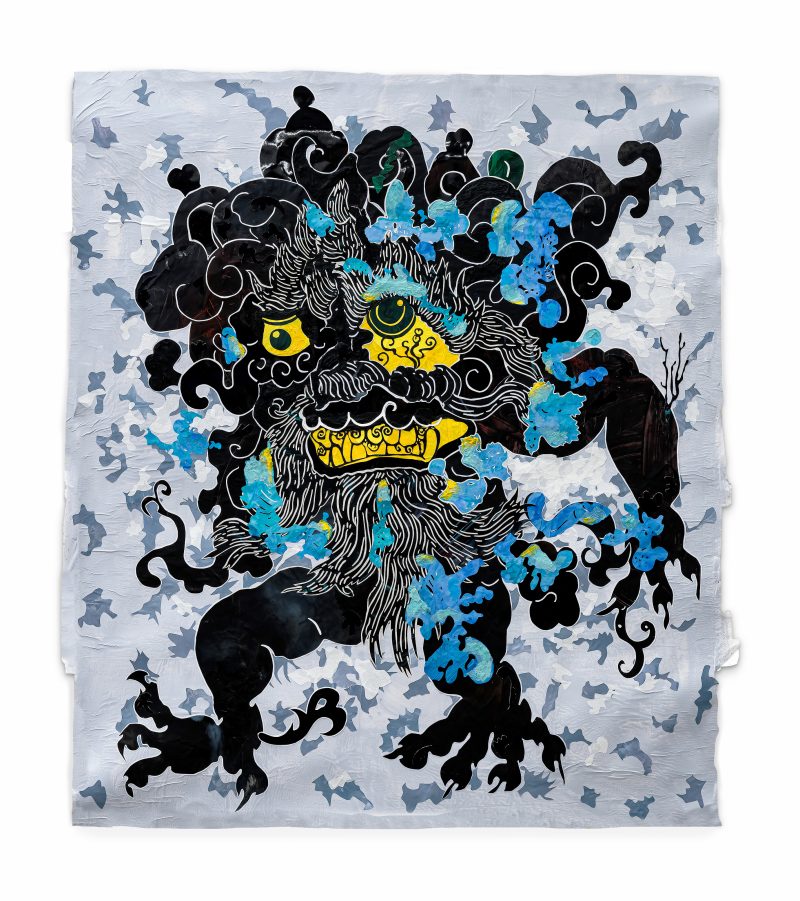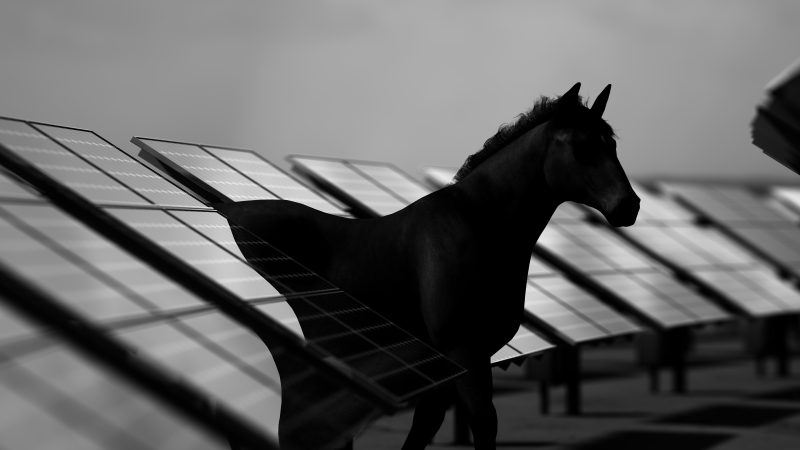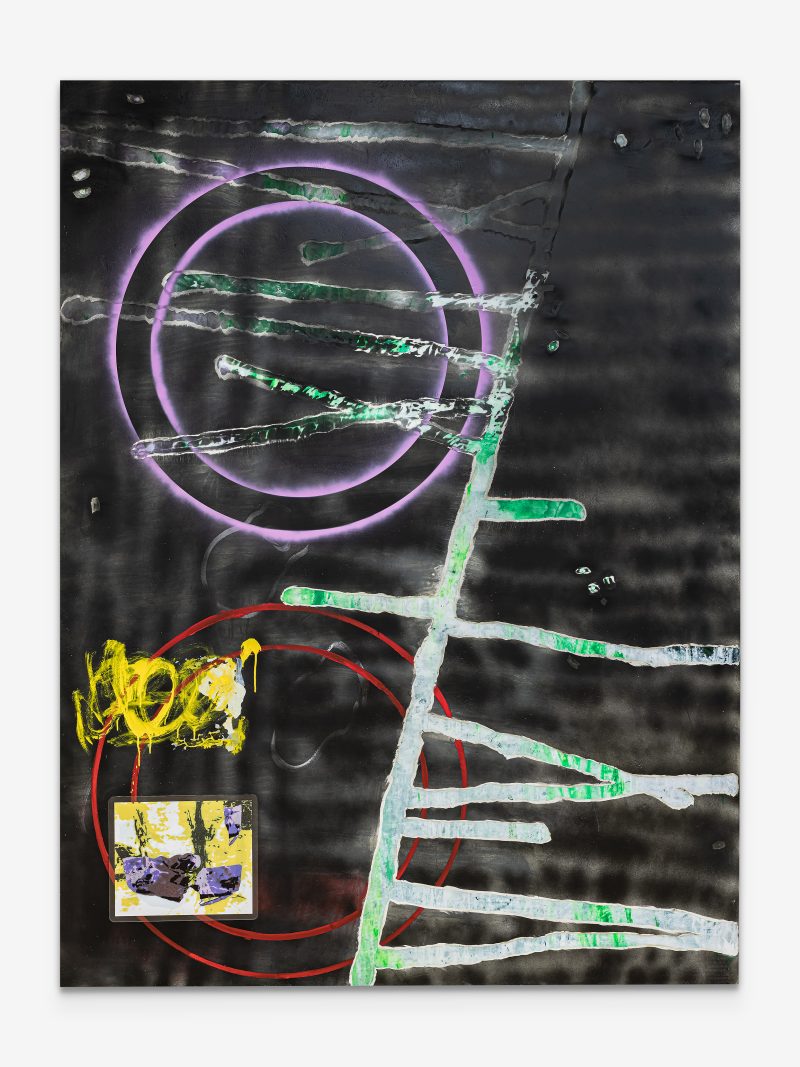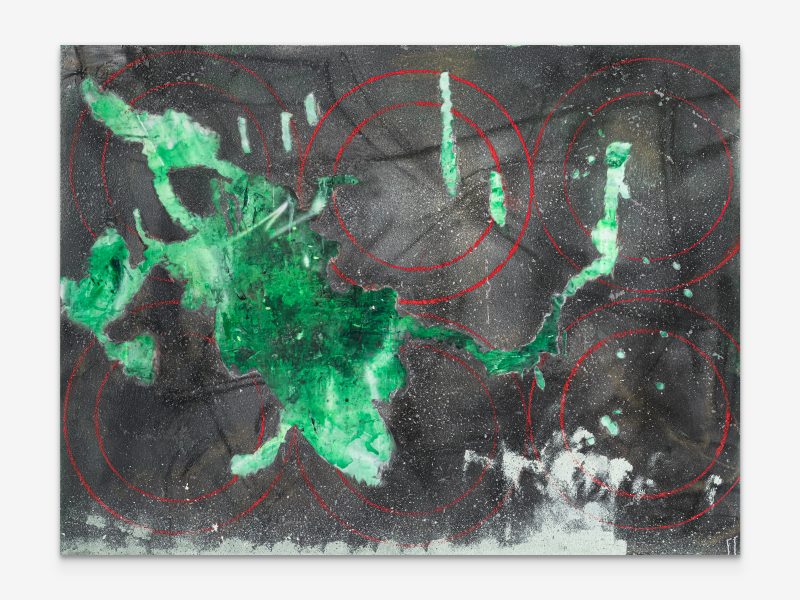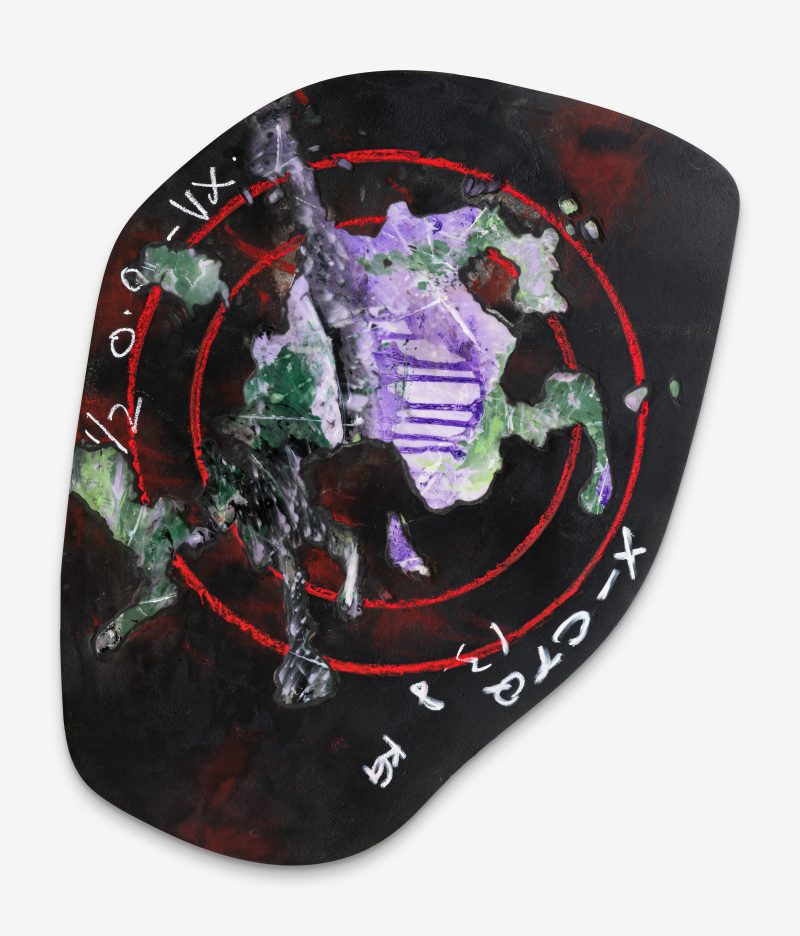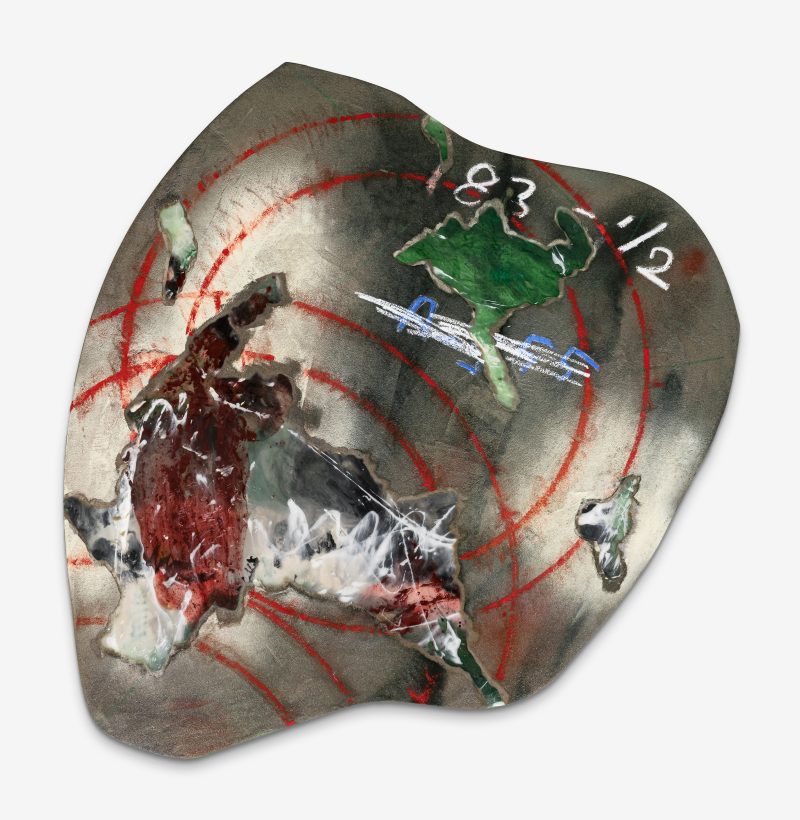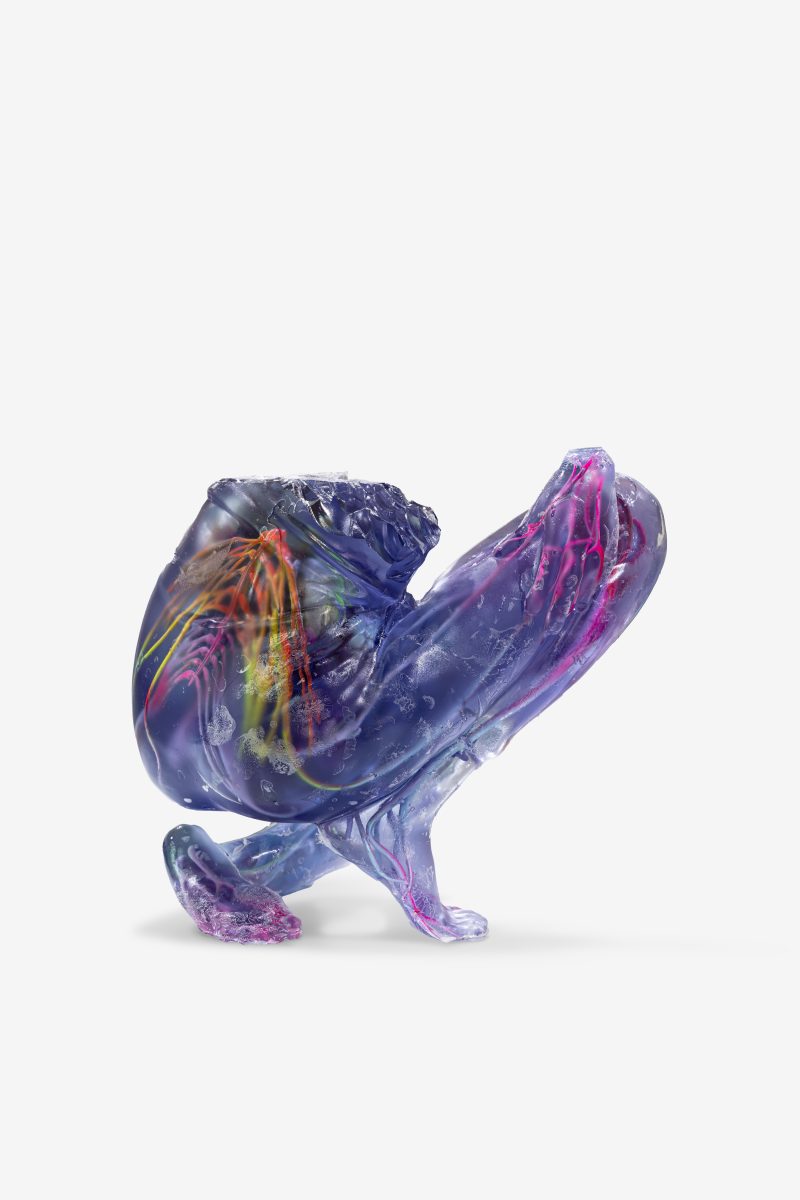艺术总监:艾海
出品人:魏星 时璐
Quantum Demiurge
2025.02.22-2025.04.16
- Location:S·Art Space, Wuhan
- Artist:
S·ART Art Space is pleased to collaborate with MadeIn Gallery to present the group exhibition “Quantum Demiurge”, which will officially open on February 22, 2025. This exhibition will showcase the works of five artists: Bian Yunxiang, Cai Jian, Feng Zhixuan, Lu Pingyuan, and Wang Ziquan, encompassing a wide range of media including installations, sculptures, paintings, works on paper and videos. The exhibition focuses on the dialogue and reshaping between technology and human experience, exploring how artists transcend reality through technological and social media to open up new narratives and engage in the act of “demiurge.”
In today’s information-saturated era, individuals often struggle to concentrate on a singular moment in time. Bian Yunxiang’s pseudo-documentary intertwines lighthouses built thousands of years ago with 5G signal towers within a single narrative—as symbols of civilization from different eras—replacing isolated time nodes with linear time. The traces of “creation” from different times all attempt to counteract the entropy of time. In Bian Yunxiang’s view, we are in a state of “eternal confrontation” with our surroundings. By compressing the dimensions of time and space, he deconstructs the layers of “confrontation” within these symbols, revealing the complex interaction between geopolitics and the natural environment in modern life.
While Bian Yunxiang explores the external world, Wang Ziquan examines how technology reshapes the perception of the human body. His semi-translucent sculptures strip away the skin to reveal figures as they appear in X-ray vision. Using modeling technologies, Wang records how the physical body is translated and deconstructed in virtual space, reproducing this data in sculptural form. The intricate neural networks, blood vessels, and organs in his works are presented as neon-colored electronic components. The body is thus transformed into a precise, rational, and functional machine, while distorted postures and peeling resin surfaces highlight its fragility. This interplay invites the audience to recognize that while the body attempts to transcend its physical form, it remains bound by the self, reflecting the complex relationship between human existence and alienation in a technology-driven world.
Feng Zhixuan similarly seeks to unearth traces of humanity within industrial materials, reimagining our position amidst nature and industrialization. In Feng’s “World Forward” series, Feng Zhixuan transforms slices of a brewery’s ruins into geological specimens—industrial products that once bore the weight of global trade, destroyed and buried by an accident, like rapidly decaying fossils of civilization. The artist, with an archaeological stance, excavates and reassembles these fragments, turning the brewery ruins into a “geological core sample of the globalization era.” He presents “slices of the Earth under global trade.” In the “The Shape of Amphibian ” series, Feng Zhixuan employs modeling technology to recast continental plates with aluminum, translating tectonic movement into human labor and creating new landscapes. His works highlight how human understanding of evolution and the earth evolves with technological and commercial advancements.
While the previous three artists utilize technology to create entities in tangible or virtual spaces, Lu Pingyuan and Cai Jian act as intermediaries between technology and contemporary society. Lu Pingyuan’s recent work explores how artificial intelligence reshapes belief systems, particularly in his “Best of the Best Draw” series, where he inputs information about traditional Chinese deities into AI, prompting it to generate a new belief framework. He then uses traditional paper-cutting techniques to define the resulting AI-generated deities, encouraging viewers to rethink how belief systems and cultural heritage can be preserved in an AI-dominated era.
Cai Jian focuses on the “jade gambling” industry, a traditional practice that has recently gained new attention through social media in China and Myanmar. The value of jade is closely tied to its intrinsic risk, forming an industry chain replete with games of chance at every stage, aiming to maximize profit. In his “Confidence” series, Cai Jian likens the valuation of jade to the pricing mechanisms of the market of contemporary art—both abstract and counterintuitive. He extracts visual features from the jade production process, covering flowing textures with stone-like coatings, then uses machinery to shatter them. This irreversible action mimics the gambling process, where results are determined in an instant. The series not only presents phenomena but also prompts viewers (including the artist himself) to consider whether the risks are worthwhile and if such “contemporary creations” are merely a carefully designed probability game.
“Quantum Demiurge” traverses the boundaries of body and non-human, nature and virtual, and tradition and innovation through heterogeneous narratives, constantly generating new thoughts and dialogues. The exhibition invites the audience into a world where multiple realities intertwine, where the uncertainty of technology and the complexity of humanity collide, inspiring boundless imagination of future possibilities.
